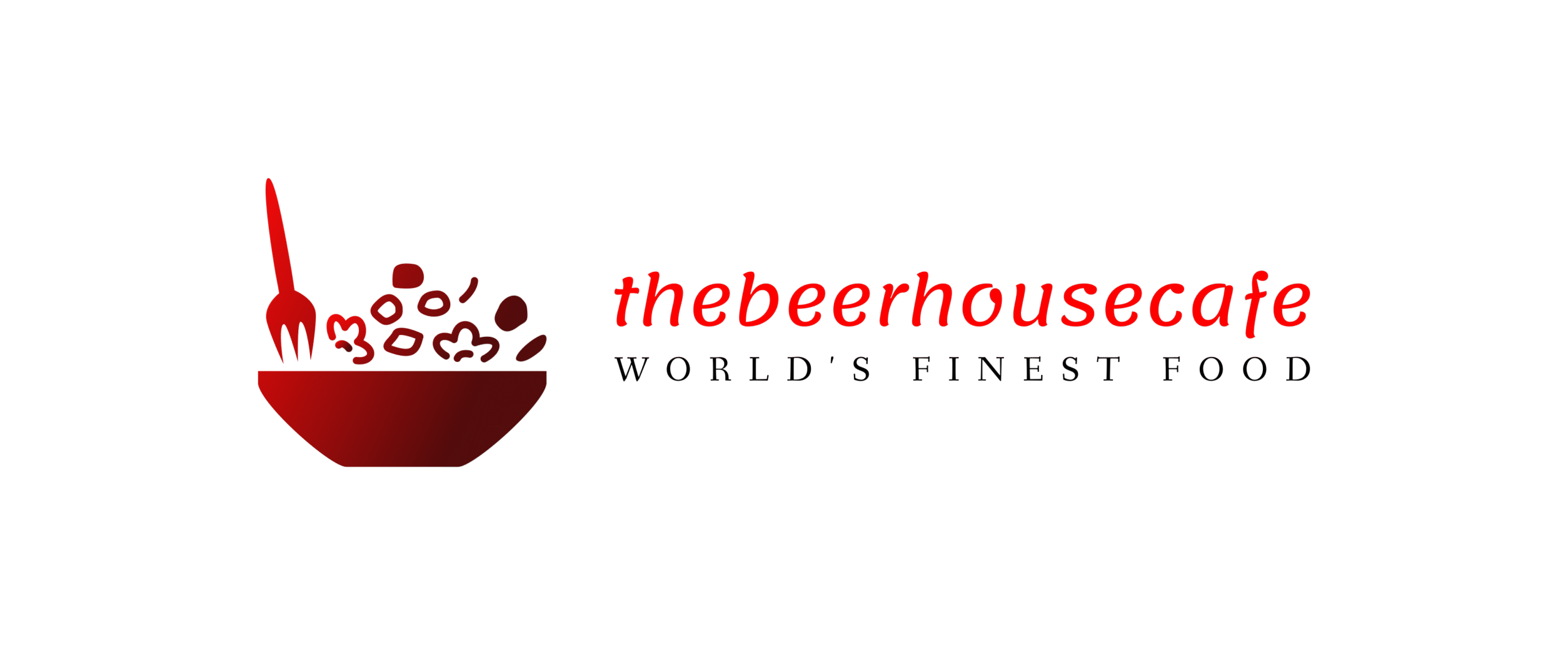Get Indian Cuisine To Go at This Punjabi-Owned Gas Station in Virginia
On a recent lunchtime visit to a nondescript ExxonMobil gas station in Vienna, Virginia, a handful of curious onlookers were drawn to a line attached to a little kiosk inside. Alongside soda and the usual lineup of packaged snacks, grab-and-go mango lassis were lined up in a refrigerated case. When people forked over their money, they left with boxes of chicken biryani, assemble-yourself pani puri, and burritos stuffed with fried vegetable samosas.
Raja and Bindu Puri opened Chit Chaat cafe inside the gas station at 200 Maple Avenue E a few months ago. The husband and wife do all the prep and cooking. Their children Neil, Maggie, and Nikki take on respective roles in operations, finance, and social media. Although it’s not the family’s first restaurant, it’s their first one surrounded by fuel pumps.
The Puris moved to the U.S. from the Punjab region of India in the late 1990s. Bindu liked to cook for the Indian community, preparing elaborate meals for parties and serving as an unofficial caterer for friends and family. About three years ago, the couple decided to take the leap and open a restaurant in Chantilly, Virginia. The first Chit Chaat cafe opened in the summer of 2019 after lengthy delays.
Intrigued by the business opportunity to own a gas station, the family bought the ExxonMobil in Vienna in 2021. They had no plans to open a restaurant inside, but they soon recognized the potential of serving customers on the go. For the first few months of business, the family packaged prepared meals in the Chantilly kitchen and sold them at the gas station. Once they realized there was a demand, they decided to build another kitchen.
“We wanted to make sure that we were delivering to our customers the promise of fresh, homemade food,” says Neil Puri, the son who manages finances for the business. Neil says open flames are not allowed inside a gas station, so the family makes due with electric stovetops. “There’s definitely less room for cooking,” he says, “but mainly we are seeing more traffic than we thought of initially so we are learning to be more efficient in the limited space.”
:no_upscale()/cdn.vox-cdn.com/uploads/chorus_asset/file/22910784/untitled_3429.jpeg)
:no_upscale()/cdn.vox-cdn.com/uploads/chorus_asset/file/22910781/untitled_3376.jpeg)
A few months in, the word has spread. People have started coming in for the butter chicken and Indo-Chinese chili chicken platters, as well as the fresh samosas, vegetable dishes, and the chicken biryani. Platters are served with rice and a choice of vegetable, typically dal makhni (creamy black lentils), palak paneer (paneer cheese with spinach), or alu (potato) curry.
Typical Punjabi dishes make up most of the menu, and the versions at Chit Chaat are reminiscent of home-style cooking, redolent with fresh spices and a depth of flavor that only comes from slow cooking. That’s impressive considering Bindu and Raja Puri are vegetarian and have never eaten meat. Their Chantilly restaurant is fully vegetarian, but they decided the Vienna spot would appeal to a larger demographic by offering meat dishes. The couple’s kids all serve as taste testers and critics who help vet recipes through numerous iterations before they’re available to the public.
One crowd favorite has been a samosa burrito. The freshly fried, potato-stuffed morsel gets tucked into a tortilla and dressed up with spicy chickpeas and hot and sweet chutneys, then grilled and wrapped. Maggie Sukhwani, one of the Puri daughters, came up with the idea as a spin on an Indian snack favorite, packaged in an easy takeaway format.
Pani puri kits have also been a big hit. A street food staple in India, the crispy semolina shells are served with the necessary accoutrements. Customers can crack the top of the puris, stuff it with the potato masala, dunk it into the cup of sweet, tangy, and spicy pani (liquid). The generous helping makes the interactive snack big enough to function as a family-size appetizer.
:no_upscale()/cdn.vox-cdn.com/uploads/chorus_asset/file/22910785/untitled_3436.jpeg)
The Puris just began offering a tandoori chicken meatball sub, and they want to keep expanding the menu. Tikka masala fries and vada pav, a friend potato patty sandwich, could join the menu soon. Bindi Puri takes requests, too, as long as she receives a few days of notice. “We had a customer ask for baingan bhartha that my mom was happy to make!” he says of the charred eggplant dish.
In addition to hot food, Chit Chaat continues to fill a refrigerated display case with prepackaged meals, restocking with new batches multiple times a day until they sell out. The family is pursuing permits so it can add indoor seating, and they’d ultimately like to build a patio.
:no_upscale()/cdn.vox-cdn.com/uploads/chorus_asset/file/22910778/untitled_3346.jpeg)
Although running a restaurant without gas appliances or a tandoor presents a challenge, the Puris say their overhead costs are lower in the gas station than at their restaurant in Chantilly. They get to appeal to customers who are looking for convenience, and have an opportunity to introduce Punjabi Indian food to people who may have never tasted it before.
“People who are newer to Indian cuisine are curious about the food and willing to take a chance on a samosa or a mango lassi, and then they come back for more,” Neil Puri says. “They also see things being made, and that gets their attention. We are happy to spend the time with them to explain the food and the ingredients. They are very appreciative of that.”







